| HOME |
|---|
AQUILA
The Eagle
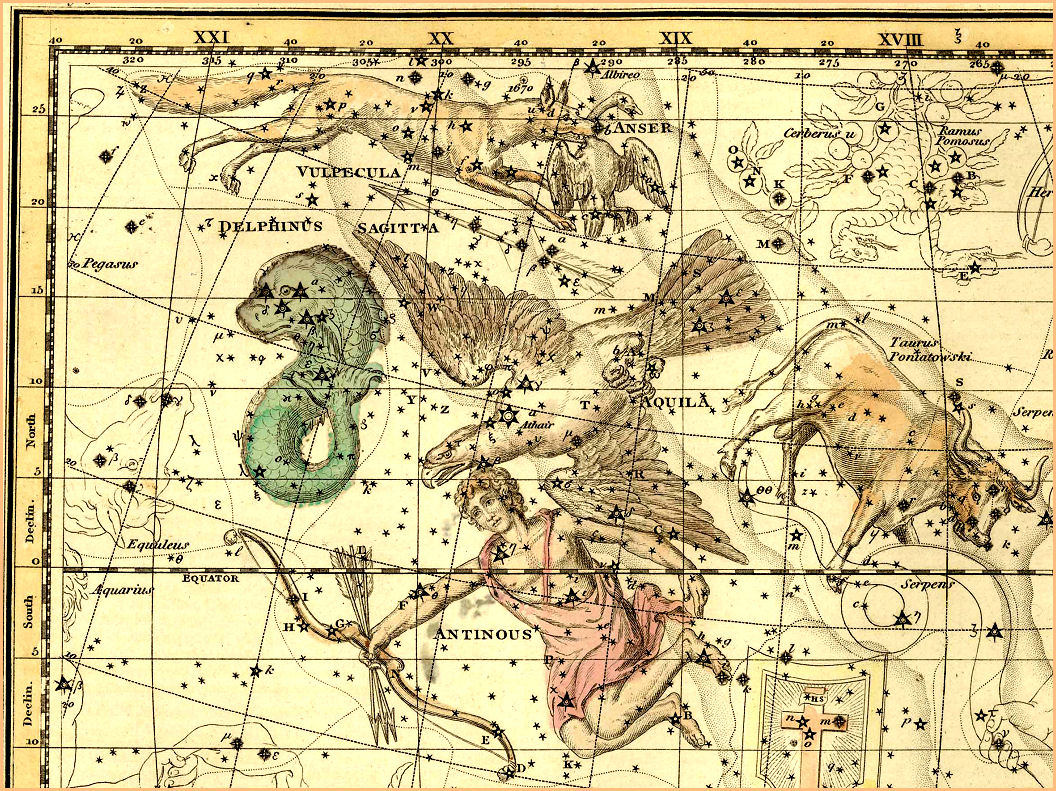
Aquila - Celestial Atlas by Alexander Jamieson - 1822
| HOME |
|---|

Aquila, the eagle, is another very ancient constellation, known as an eagle well before the birth of Christ. In Greek mythology, Aquila was the attendant to Zeus (Jupiter, Jove), king of the gods, and performed deeds in his service. The most notable of these were the retrieval of the god's thunderbolts, and the fetching of the beautiful Trojan boy, Ganymede, up to the heavens to be the catamite of Zeus, and the cup bearer of the gods. Ganymede is represented by the nearby constellation Aquarius, and Aquila is seen swooping down towards him, just as the ancient stories tell. The abduction of Ganymede by the eagle Aquila has been portrayed by a long list of classical artists, including Michelangelo, Rembrandt, and Rubens. (The above image from Jamieson's Celestial Atlas contains two constellations, Antinous, and Taurus Poniatowski, that are now obsolete, not included in the 1930 formalization of the constellations by the International Astronomical Union.)
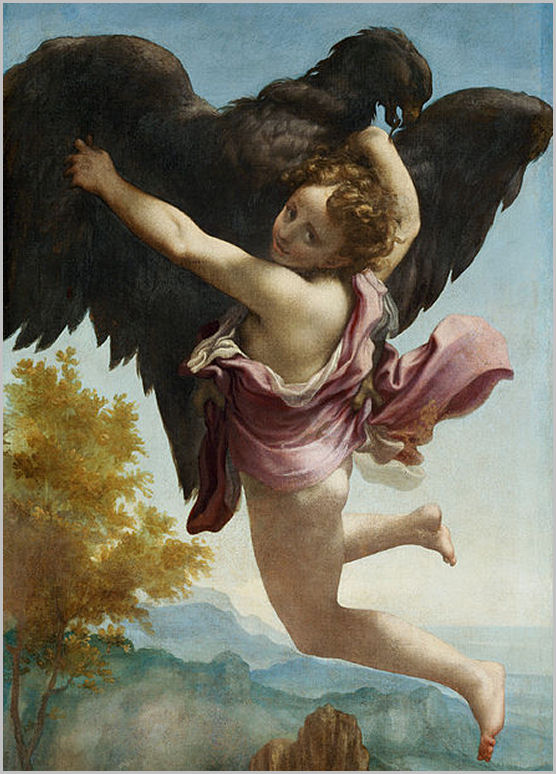
The alpha star in Aquila is Altair, Arabic for the flying eagle. It is the twelfth brightest star in the sky, with a magnitude of 0.77, and it is one of the closest stars to Earth, only 16 light years away. It is also unique in that it is one of the fastest rotating stars known. Our Sun completes one rotation every 25.4 days, whereas Altair, which is half again as large as our Sun, completes one rotation in only 6.5 hours. This rapid rotation would cause the star to be significantly flattened at the poles, giving it an ellipsoid shape, rather than the normal sphere. Altair is an A7V white main sequence star.
Beta Aquilae is named Alschain, another Arabic term for eagle or falcon. It is a G9IV yellow subgiant, about 40 light years away, with a magnitude of 3.71.
Gamma Aquilae is named Tarazed, Persian for beam of the scale, as the ancient Persians saw it. It is a K3II orange supergiant, over 300 light years away, with a magnitude of 2.67.
Zeta Aquilae is named Deneb El Okab, Arabic for tail of the eagle. It is an A1V white main sequence star, about 83 light years away, with a magnitude of 2.98.
Epsilon Aquilae is also named Deneb El Okab, just in case there was any doubt where the tail of the eagle is. It is a K1III orange giant, about 155 light years away, with a magnitude of 4.02.
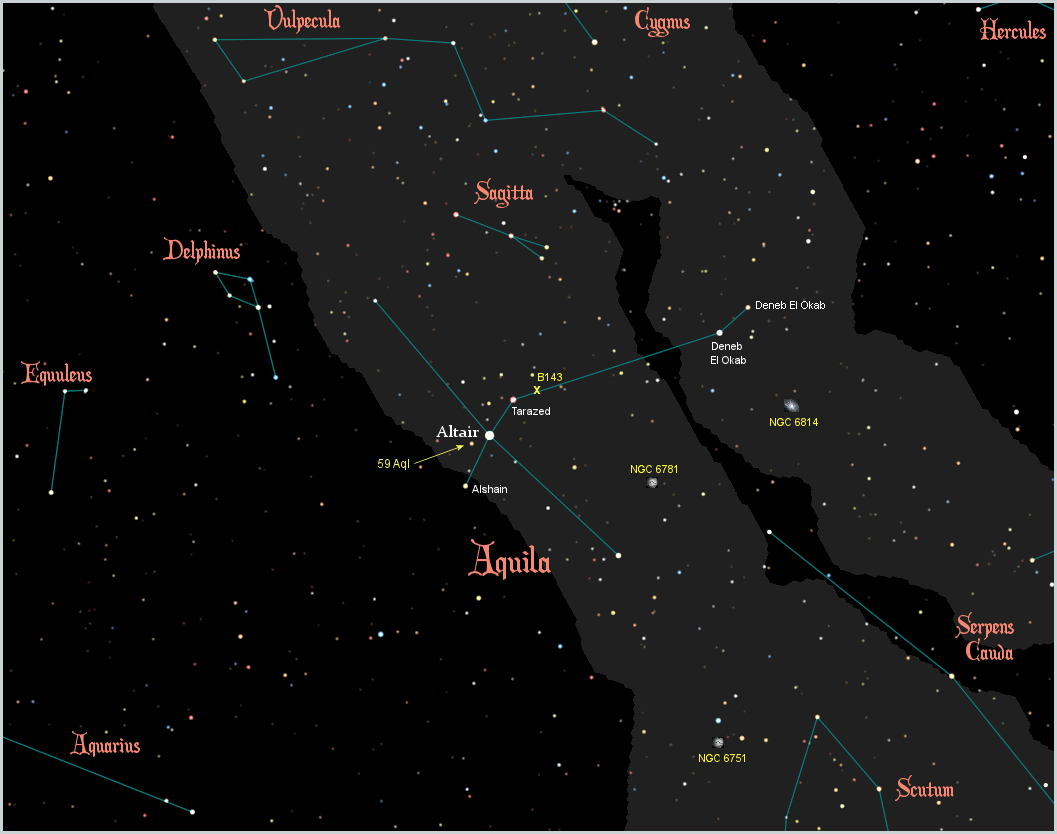
There have been eleven stars found so far in Aquila that have planets orbiting them, but only one of these stars is visible to the naked eye. Catalogued as Xi Aquilae, it has a magnitude of 4.72, and sits right beside the bright Altair. The star is a G9III yellow/orange giant, about 203 light years away, with a planet almost three times the size of Jupiter. For more information on these and other extrasolar planets, visit NASA's New Worlds Atlas, and The Open Exoplanets Catalogue.
With an apparent magnitude of only 11.9, NGC 6751 is not discernible in most small scopes, but through the eyes of the Hubble Space Telescope it is a wondrous sight indeed. The nebula is almost a light year in diameter, 600 times larger than our entire solar system. The gas is illuminated by the intense radiation of the exposed core of the dying star at its center. NGC 6751 is 6,500 light year away.
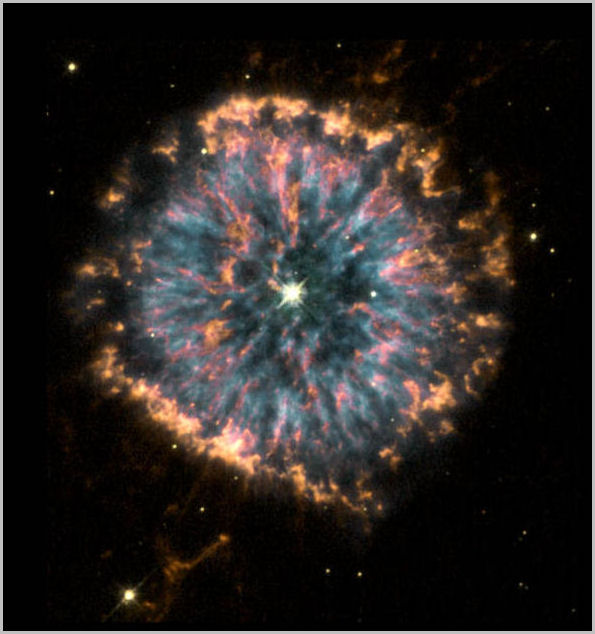
NGC 6781 is also a faint nebula created by a dying star. With an apparent magnitude of 11.8, NGC 6781 is about 3,000 light years away.

Barnard 142 and Barnard 143 are intriguing areas of dark nebulae about 2,000 light years away.
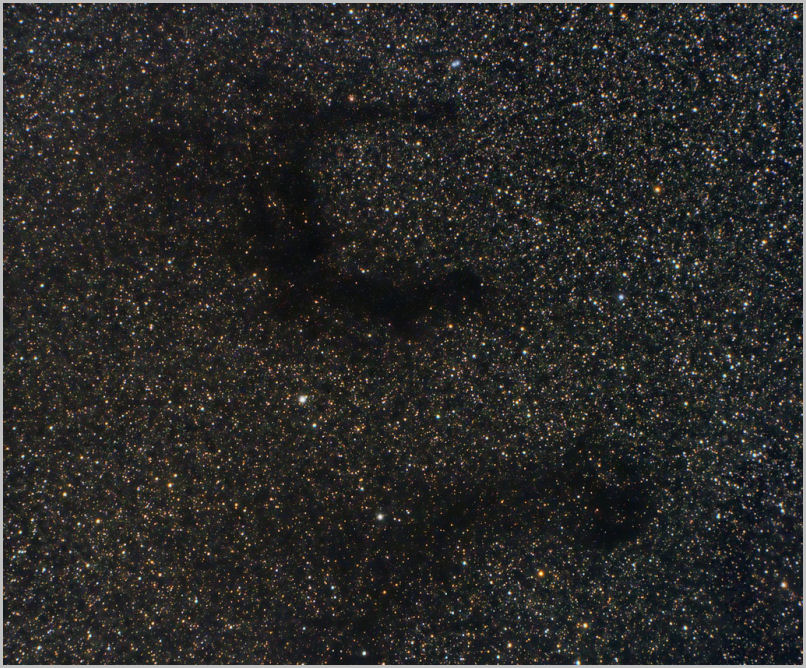
NGC 6814 is a spiral galaxy 75,000 light years in diameter, 66 million light years away, with a magnitude of 11.3.
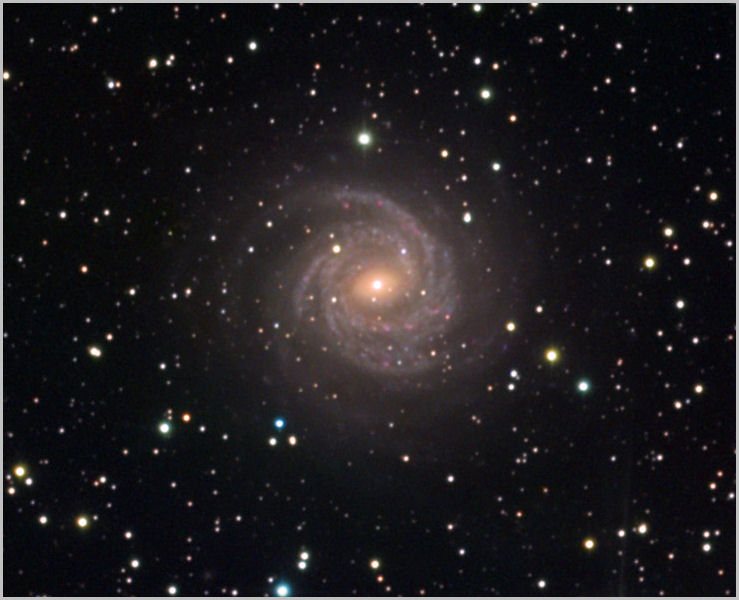
|
|
|
|
|
|